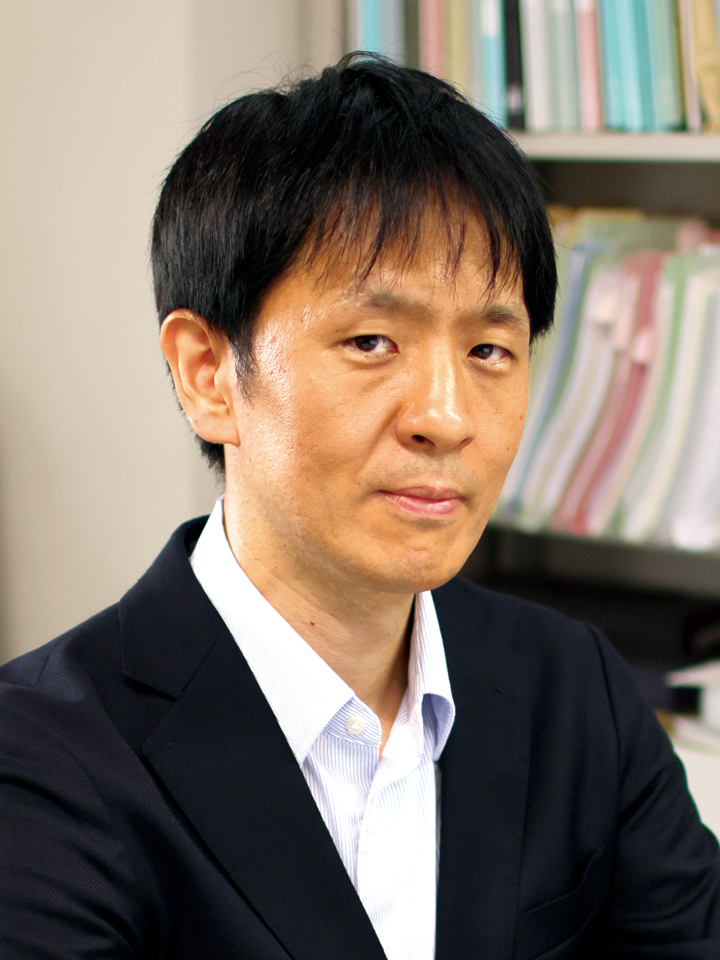Kondo Group

- Affiliation
-
Laser and Synchrotron Research Center
(concurrent with Quantum Materials Group, Synchrotron Radiation Laboratory / Harima Branch) - Course
- Phys., Sci.
Research Subjects
- Development of a laser-excited ARPES system with ultra-high energy resolution
- Superconductivity and topological quantum phase investigated by angle-, spin-, and time-resolved photoemission spectroscopy
- Strongly correlated physics studied by photoemission with synchrotron radiation
The momentum-resolved band structure provides fundamental information to understand the electronic properties of materials. The angle-resolved photoemission spectroscopy (ARPES) is a powerful technique to visualize the band structure by mapping the intensities of photoelectrons as a function of angle and energy. With the spin-resolved technique, we can also identify the spin-polarized character of the band. In addition, the time-resolved ARPES realized with a pump-probe technique can track the reordering process of electron system from its nonequilibrium state. In our laboratory, we utilize these various ARPES techniques and study the following phenomena: nonconventional superconductors, heavy fermions, strongly correlated systems, topological quantum phases, and quantum well states. Furthermore, we develop a new ARPES machine capable of achieving both the lowest measurement temperature and the highest energy resolution in the world by innovating a 3He cryostat and a laser source. The state-of-art equipment will enable us to identify even a subtle electronic feature close to the Fermi level, such as an energy gap and a mode-coupled dispersion, which is typically tied to exotic behaviors of conduction electrons.

